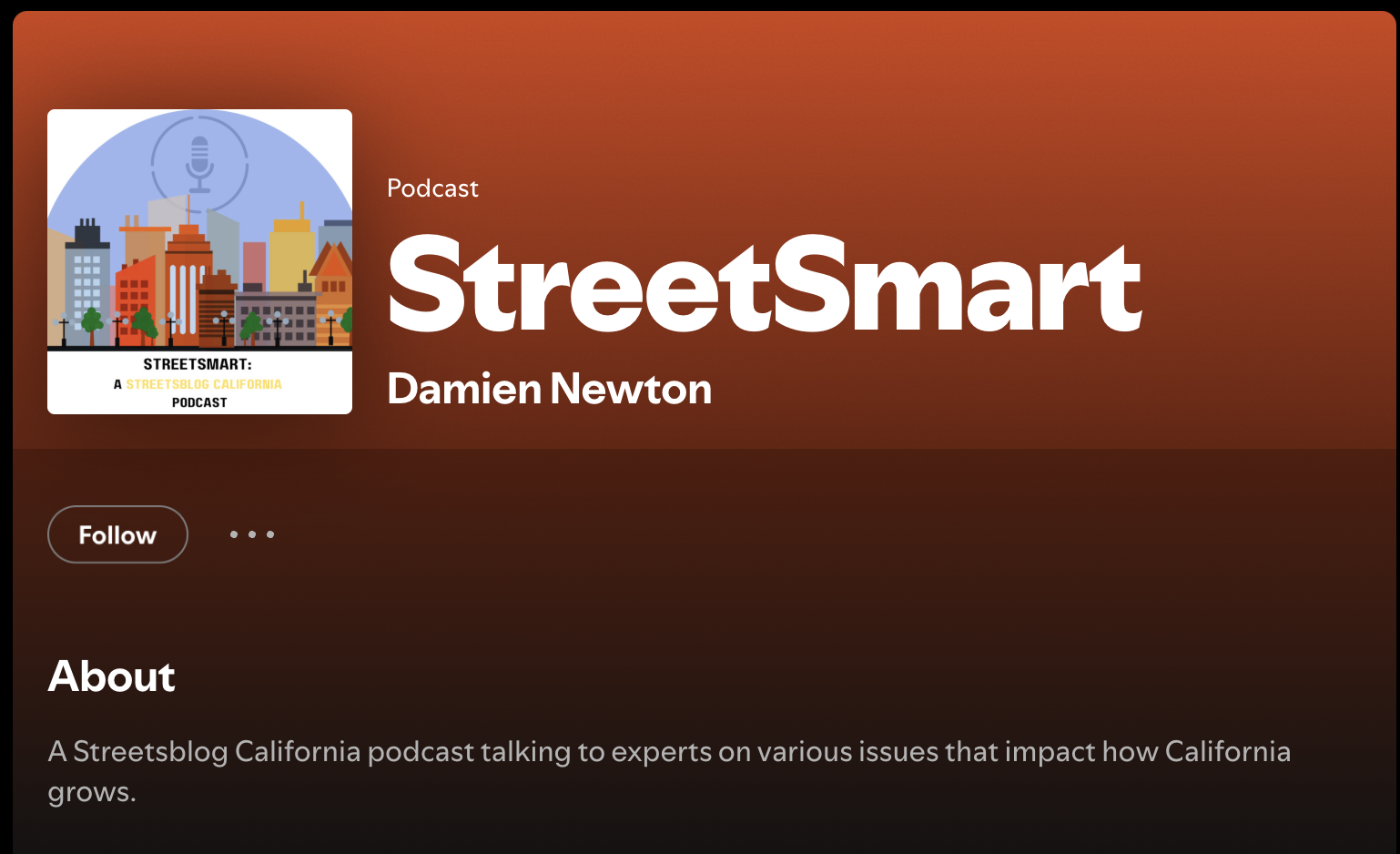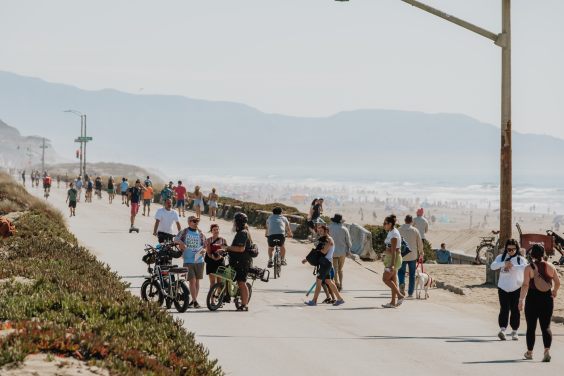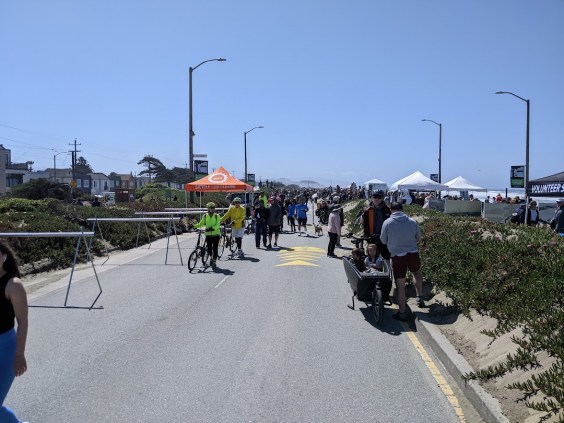
Langley Park in Prince George's County, outside Washington, D.C., took on its current form when World War II vets moved there in large numbers, aspiring to the suburban lifestyle: a single-family house with a yard.
The area was built around cars. But as in many other suburban areas, the population has changed over time. Now, reports Carolyn Gallagher at Greater Greater Washington, Langley Park is largely Latino, lower income, and home to many recent immigrants. Many current residents get around by walking and transit, even though the area wasn't built for walking. Gallagher writes that officials aren't doing enough to make the streets safe for people on foot:
People aren't just going to and from their cars; they're walking, hanging out in front of stores, or sitting on retaining walls and shooting the breeze. One strip mall even has a semi-regular street preacher. Armed with a megaphone and boundless conviction, he exhorts and cajoles passersby in equal measure.
Getting from home to shop and back again isn't easy when you have to cross six lanes of traffic. And unlike the Palisades or Chevy Chase, the distance between cross streets in Langley Park is substantially longer.
Most importantly, there are lots and lots of kids -- in strollers, holding their parents' hands, and carrying a backpack on the way to or from school. Except for the built landscape, this could be in any kid-friendly area in DC -- think the Palisades or Chevy Chase.
That built landscape is a big deal, though. Getting from home to shop and back again isn't easy when you have to cross six lanes of traffic. And unlike the Palisades or Chevy Chase, the distance between cross streets in Langley Park is substantially longer.
As a result, pedestrians often cross between crosswalks, which can be dangerous given the volume and speed of traffic in the area. Crashes involving cars and pedestrians have been a consistent problem in the area for more than a decade. The latest pedestrian fatality happened last July when a police officer struck and killed a man as he was crossing the street in between walk signals.
To try to address this problem, the county installed new medians along University Boulevard last year, along with six foot metal fences to prevent pedestrian crossings between signals.
While these may make the street safer in the short term, they come at the cost of increasing the root problem, which is that there aren't enough crosswalks to handle all the demand. The fences prioritize making sure cars can move through the area without worrying about people on foot, making the road even more like a highway. That's actually the opposite of how you build a street to be genuinely safe and useful for pedestrians.
Elsewhere on the Network today: The Urban Edge shares a new report urging Houston to build more sidewalks and less parking. The FABB blog looks at Virginia's ascension in the Bike League's Bike-Friendly States rankings. And Urban Cincy examines why affordability is still a problem in Cincinnati even though rents are lower than in major coastal cities.





